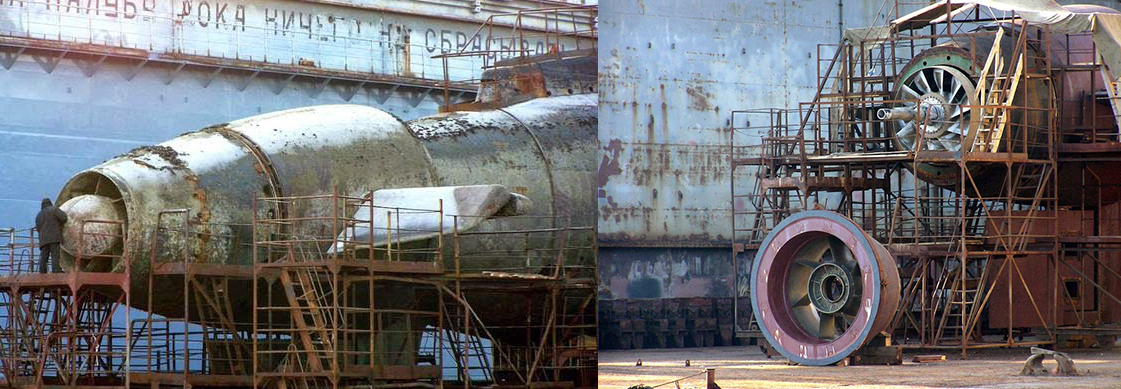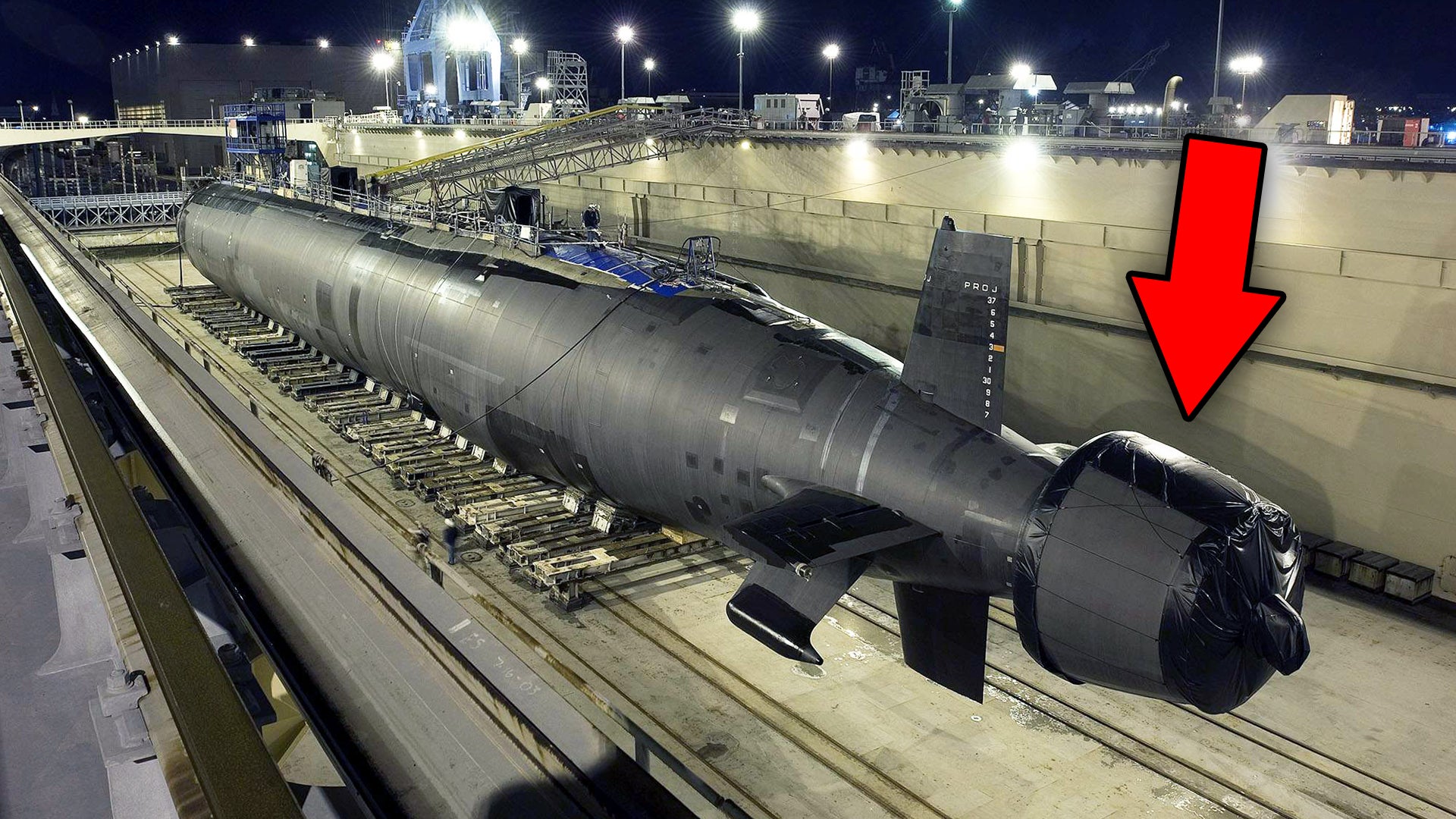Our good friend and highly experienced sonarman, Jive Turkey, continues to run one of the most interesting YouTube channels for anyone who is fascinated with the art of undersea warfare. A year ago, we featured an interview with Jive and posted some of the incredible “whiteboard” explainer videos he produces on everything submarines. Just last summer, he filled us in on the unique danger fire poses to submariners and has lent his expertise to us even on some of the more “exotic” underwater issues. Now he has posted a fascinating explainer of the differences between propellers and pump-jet propulsors used for propulsion on submarines and how detecting them on sonar differs, as well.
Propellers and pump-jets are among the most important and sometimes sensitive components of a submarine class. The highly intricate design art that gives birth to these systems balances efficiency and speed, and even weight, against acoustic signature. It’s a fascinating mix of material science, mechanical engineering, and hydrodynamics.
Elaborate propeller configurations, some of which include unique vortex diffusers that you can read all about here, are still commonplace on many submarines, but the pump-jet, with its unique advantages, has become increasingly in demand on larger submarines. Most importantly, they allow for higher speeds without noisy cavitation—which is a huge advantage when it comes to keeping from being detected while traversing vast swathes of ocean.

Pump-jet propulsors also feature better efficiency across most all but the low-end of a submarine’s performance envelope. They protect the blade elements contained within them. They can also be handy in shallow water, especially if they have a nozzle or deflecting surfaces for thrust vectoring. There are drawbacks, as well. They are heavy, making them ill-suited for many smaller submarine designs, and they are costlier and more complex than a propeller.


Regardless, the pump-jet has come into its own after decades of far less widespread, but often experimental use. The two-thirds of the Royal Navy’s Trafalgar class and later the U.S. Navy’s Seawolf class were among the first standard production submarine designs to rely on the pump-jet propulsor configuration. Today, many other classes have followed suit.
The U.S. Navy’s Virginia class uses a similar arrangement as will the upcoming Columbia class nuclear ballistic missile submarine that is currently in development. Overseas, the feature is becoming far more commonplace among allied and non-allied designs, with pump-jets being found of boats like the Russian Borei class and French Barracuda class.

With that being said, I’ll let Jive better explain the differences between the propulsion types, especially in regards to their tell-tail sound signature, in this awesome explainer video:

Make sure to follow Jive Turkey on Twitter and at his Patreon site.
Contact the author: Tyler@thedrive.com
